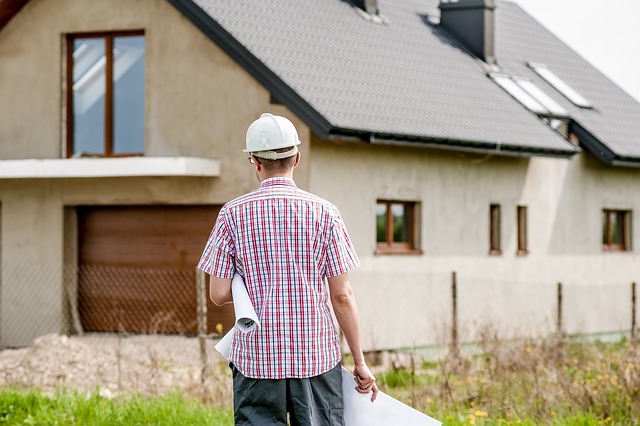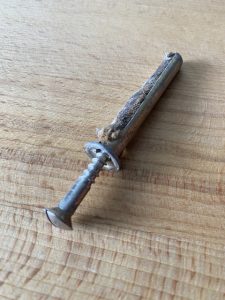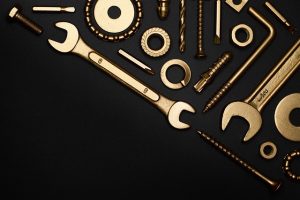10 Essential Steps for Safe Appliance Installation and Repair in Home Maintenance
When managing home repair and maintenance for appliances, safety is a top priority, especially with …….

When managing home repair and maintenance for appliances, safety is a top priority, especially with electrical systems, water connections, or gas lines. It's essential to understand the necessary procedures, comply with local building codes, and follow manufacturer instructions to ensure proper installation, functionality, and safety. Knowledge of your home's utility line layout and appliance requirements is crucial for successful installations. Before starting any work, identify shut-off valves for water and gas to prevent issues. Regular maintenance checks are necessary to maintain security and functionality over time, supporting smooth and safe home operations. Adhering to best practices in home repair and maintenance involves careful diagnostic work, adherence to repair guidelines, and thorough documentation of the process. This approach not only helps in resolving issues effectively but also extends appliance lifespans, prevents major problems, and maintains safety within your living space. A consistent maintenance routine, with tasks like cleaning refrigerator coils or inspecting washing machine hoses, is key to ensuring the longevity and performance of household appliances, saving costs, and preventing accidents. Regularly addressing minor problems can prevent the need for extensive repairs later on, emphasizing the importance of proactive home repair and maintenance practices.
Navigating home repair and maintenance involves a multitude of tasks, with appliance installation and repair standing out as critical for household functionality and safety. This comprehensive guide delves into the fundamentals of securely installing appliances, offers a detailed step-by-step process for effective repairs, and provides actionable tips to maintain your appliances, thereby enhancing their longevity and performance within your home environment. Master these skills to ensure your domestic appliances operate at peak efficiency, ultimately safeguarding against costly repairs and unexpected downtime.
- Understanding the Basics of Appliance Installation for Home Repair and Maintenance
- Step-by-Step Guide to Safe and Effective Appliance Repair Techniques
- Tips for Regular Maintenance to Extend Your Appliances' Lifespan and Efficiency
Understanding the Basics of Appliance Installation for Home Repair and Maintenance

When embarking on home repair and maintenance projects that involve appliance installation or repair, it’s crucial to approach the task with a comprehensive understanding of the procedures involved. Homeowners should familiarize themselves with the safety precautions necessary when dealing with electrical systems, water connections, and gas lines if applicable. Properly installing an appliance not only ensures its functionality but also prevents potential hazards within the home. For instance, ensuring that electrical outlets can support the power requirements of modern appliances is a critical step that falls under home repair and maintenance. It’s equally important to verify that gas connections are secure and meet local building codes, which can vary by region.
Before attempting any installation or repair, it’s essential to read and follow the manufacturer’s instructions, as they provide specific guidance tailored to the appliance in question. Additionally, understanding the layout of your home’s utility lines and how they interface with your appliances is key to a successful installation. For example, locating shut-off valves for water and gas lines before beginning work can save time and reduce stress should an issue arise during the repair process. Regular maintenance checks are also a part of responsible home repair and maintenance practices, ensuring that all connections remain secure and functional over time. By staying informed and adhering to best practices, homeowners can confidently tackle appliance-related tasks, ensuring their household operates smoothly and safely.
Step-by-Step Guide to Safe and Effective Appliance Repair Techniques

Engaging in home repair and maintenance, particularly with appliances, requires a blend of caution, precision, and knowledge. To safely and effectively repair household appliances, adherence to a systematic approach is crucial. Begin by powering off and unplugging the appliance to prevent electric shock. Ensure that you understand the make and model of the appliance, as this information is vital for obtaining accurate repair manuals or schematics. Carefully inspect the appliance for any visible signs of damage or wear that may have led to its malfunction.
Once you’ve diagnosed the issue, gather all necessary tools and replacement parts before proceeding. It’s important to follow manufacturer guidelines and recommended procedures when dealing with appliance repairs. For example, if repairing a refrigerator, take note of the correct way to handle refrigerant if it’s a cooling system problem. Each step should be documented, from removing components to replacing faulty elements. After completing the repair, reassemble the appliance parts and thoroughly test its functionality. If the appliance operates correctly, replace any access panels and ensure that there are no tripping hazards from loose wires or cords. Lastly, consider scheduling regular maintenance checks to preemptively address issues before they escalate, thus extending the lifespan of your appliances and ensuring their safe operation within your home.
Tips for Regular Maintenance to Extend Your Appliances' Lifespan and Efficiency

Regular maintenance is a pivotal aspect of home repair and maintenance, playing a significant role in extending the lifespan and improving the efficiency of your household appliances. To maintain peak performance and longevity, it’s advisable to perform routine checks on each appliance. For instance, refrigerators should have their coils cleaned to ensure optimal cooling and energy usage. Dishwashers require filter inspections and cleanings to prevent clogs that can affect their operation. Washing machines benefit from regular examination of hoses for leaks and the removal of lint from the drum to maintain efficiency and prevent damage. Ovens, particularly those with self-cleaning features, should be used according to manufacturer instructions to avoid unnecessary wear and tear. Dryers should have their lint traps cleared after each use and vents inspected annually to preclude fire hazards and enhance drying times.
Moreover, it’s crucial to address minor issues before they escalate into major problems. This proactive approach can save time, money, and prevent inconvenience. For example, monitoring the water pressure in your washing machine can help catch potential hose ruptures before they occur. Similarly, checking the door seals on your refrigerator or freezer can prevent energy loss and ensure that your food remains properly chilled. By implementing a regular maintenance schedule and employing home repair best practices, you can safeguard your appliances against premature failure and ensure they operate at their most efficient levels for as long as possible. Regular upkeep not only extends the life of your appliances but also ensures they function safely and effectively within your home environment.
Effective home repair and maintenance hinge on a solid understanding of appliance installation and regular upkeep. This article has outlined the fundamental aspects of appliance installation, provided a comprehensive guide to safe and effective repair techniques, and shared valuable tips for routine maintenance. By following these guidelines, you can not only extend your appliances’ lifespan but also enhance their efficiency, leading to energy savings and a more reliable home environment. Remember, knowledge in home repair and maintenance is empowering; it equips you with the tools necessary to tackle issues confidently and proactively care for your household systems. With this information at your disposal, you are now well-equipped to handle appliance-related tasks, ensuring your home remains a comfortable and functional space for years to come.







